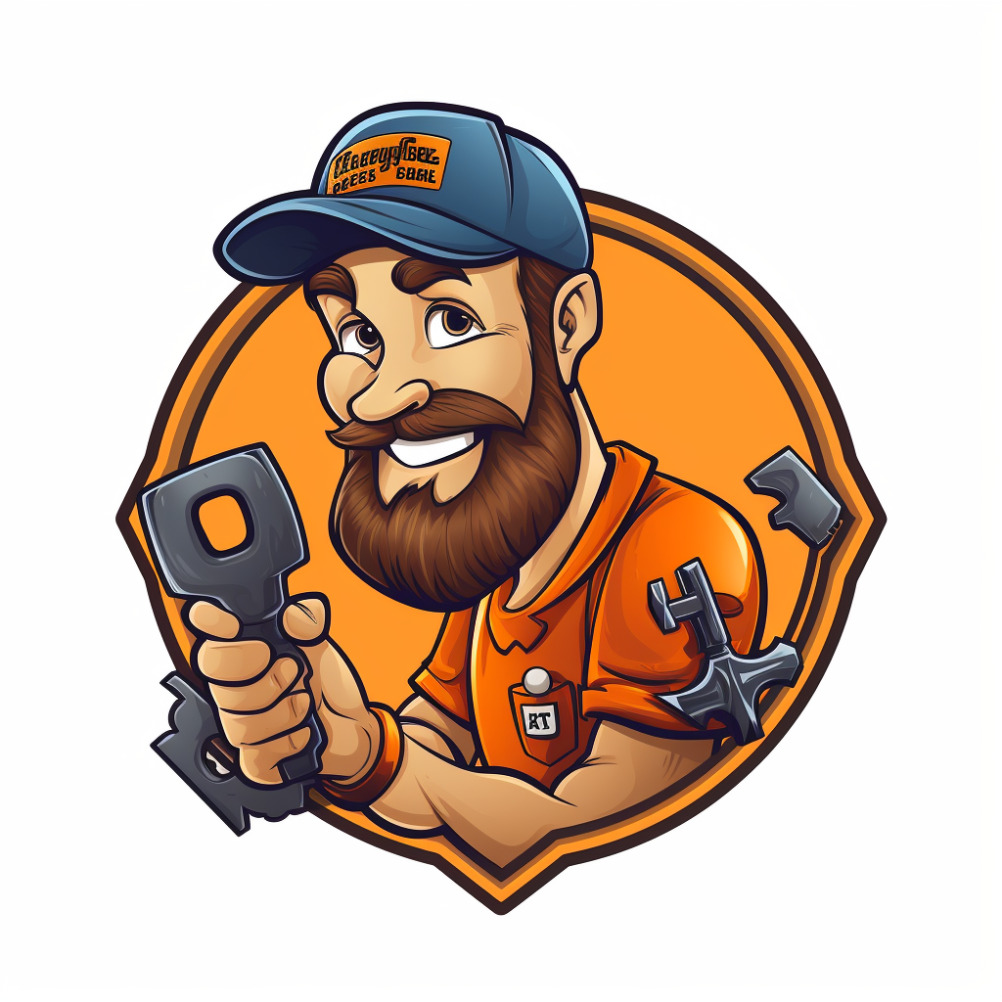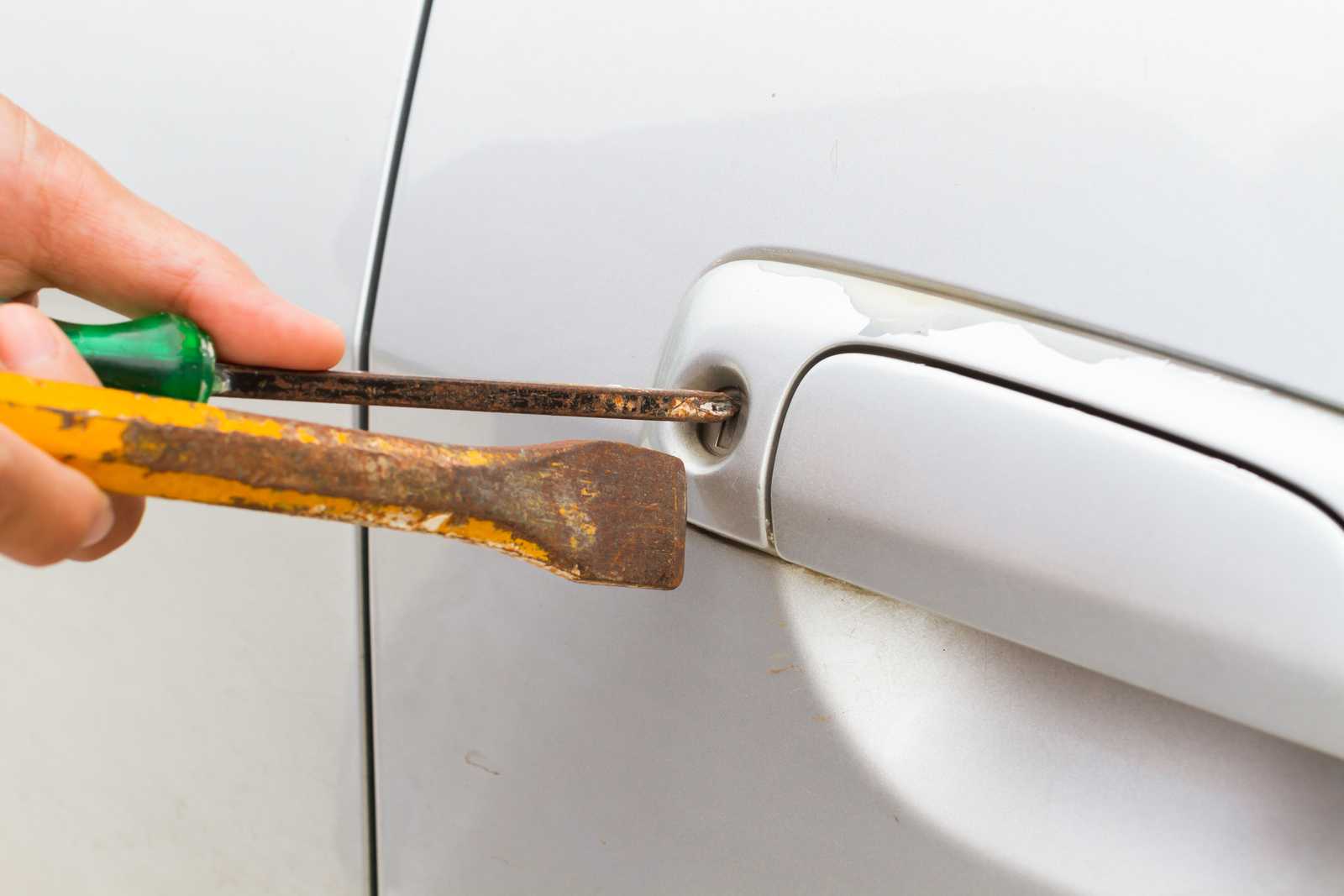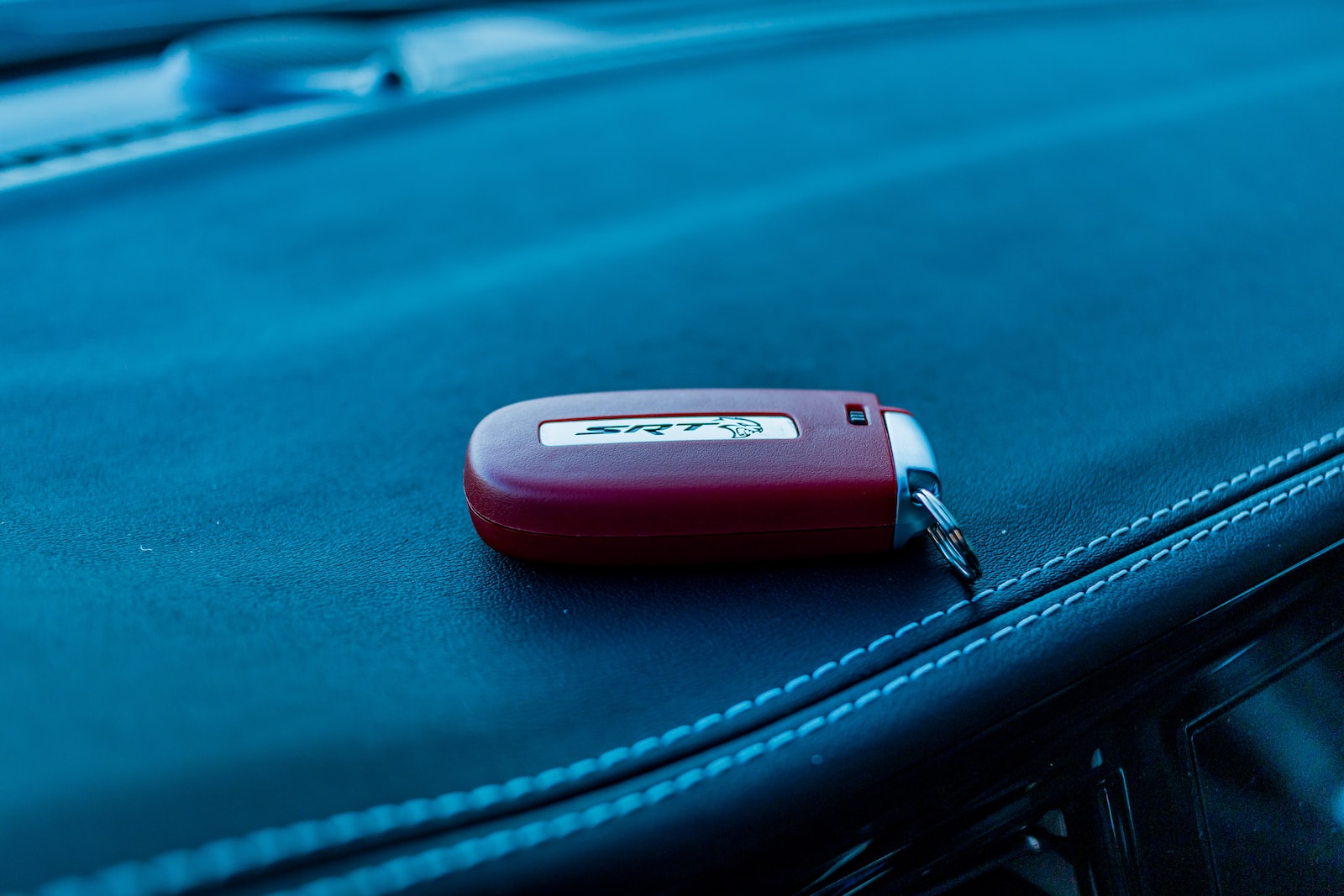Welcome to the world of locksmithing! As an expert in this field, I’m excited to share my knowledge with you about how a locksmith can make new car keys.
Every day, locksmiths are called upon to help people access their vehicles when they have lost or broken their car key.
It’s important that we understand what goes into making a new car key so that those who need our services can feel secure and confident in knowing who to turn to for assistance.
Making a new car key requires skill and precision, but when done correctly it can be quite rewarding for both the customer and the locksmith alike.
In this article, I’ll explain all of the steps involved in creating a brand-new set of keys for your vehicle — from cutting the metal blank to programming any necessary transponders — so that everyone has peace of mind knowing exactly what needs to happen before getting back on the road.
Assessing The Key Type And Vehicle Model
Making a new car key is an involved process requiring skill and knowledge. As a locksmith, I have to begin with identifying the type of key in question and assessing the vehicle model it belongs to.
Depending on the make and year of the automobile, different types of keys are used for unlocking doors, ignition systems and more. Key type identification can be done using visual inspection alone or by taking apart certain parts of the lock itself.
Similarly, vehicle model assessment requires familiarity with various models from that particular manufacturer as well as experience working on similar cars. Once I’ve made sure both key type and vehicle model are correct, I’m ready to proceed further with car key duplication.
The next step involves extracting the key code for making a template or creating one from scratch – either way there’s no room for mistakes here!
Extracting The Key Code Or Creating A Template
After assessing the key type and vehicle model, a locksmith can extract the key code or create a template to make a new car key. Depending on the unique situation of each customer’s needs, there are several steps involved in this process:
1.Keycode extraction – If an existing key is available, the locksmith must use specialized machinery to read any codes from it. This will allow them to cut a brand-new duplicate with precision accuracy.
2.Car Key Template – In some cases when no existing keys are present, the locksmith must generate a template by disassembling the lock cylinder and entering its dimensions into their computer system. This will enable them to fabricate a custom blank for that specific model of car.
3.Locksmith Code – The locksmith may also require access to manufacturer databases if they need to acquire additional information about programming options or security features embedded within modern transponder systems.
They must have knowledge of both hardware and software protocols so they can accurately program these components before cutting and shaping the key blank.
Cutting And Shaping The Key Blank
As a master locksmith, I know that cutting and shaping the key blank is an art form. It requires precision and skill to craft the right cut for each unique car model.
To begin, the locksmith must find a high-quality key blank in their collection or order one from a supplier. Once they have the correct blank, they can then begin to use special tools such as files, grinders and saws to cut into it.
These tools are designed specifically for this purpose and allow them to make precise cuts according to specifications provided by the manufacturer of the vehicle.
Once all of these intricate cuts have been made, the final step is to shape and polish the key so that it fits perfectly into its designated lock mechanism.
This ensures that when inserted, it will turn with ease and provide access to those authorized. With keen attention paid during every step of this process, what remains is a perfect new car key ready for programming the transponder chip and testing its function.
Programming The Transponder Chip And Testing The Key
Once the key blank is cut and shaped to match the original car key, it’s time to program the transponder chip and test the new car key.
To begin programming, a locksmith must extract a unique code from the vehicle’s immobilizer system to pair with the new key. This requires specialized diagnostic equipment that can communicate with the car’s computer directly.
Once this code is extracted by connecting to the onboard diagnostics port or OBD II port, it can be programmed into the new transponder chip in order for it to be accepted by the engine management system.
The next step is testing and verifying that the newly programmed chip works as intended. The locksmith will use an electronic tester device which communicates wirelessly with both keys—the old one and the new one—to make sure they are compatible with each other and that communication between them functions properly. If all tests pass successfully, then you have a working duplicate of your original car key!
Conclusion
Having a new car key made is not as complicated as it may seem. As an experienced locksmith, I can confidently say that the process of creating a new car key requires skill and knowledge. With the right tools and equipment, any professional locksmith can make a reliable replacement for your vehicle keys.
One interesting statistic to consider here is that over 4 million vehicles are stolen each year in the U.S., so having a secure lock system with quality keys is essential for keeping your vehicle safe.
That’s why it’s important to leave this type of work up to professionals like myself who have expertise when it comes to making sure you get the best possible product when replacing or adding car keys.
The bottom line is that if you ever find yourself needing a new car key, don’t hesitate to call a trusted locksmith who has experience in this field.
The cost of getting a new key will be well worth it knowing that you’ll have peace of mind knowing your vehicle is locked securely and protected against theft or damage.







